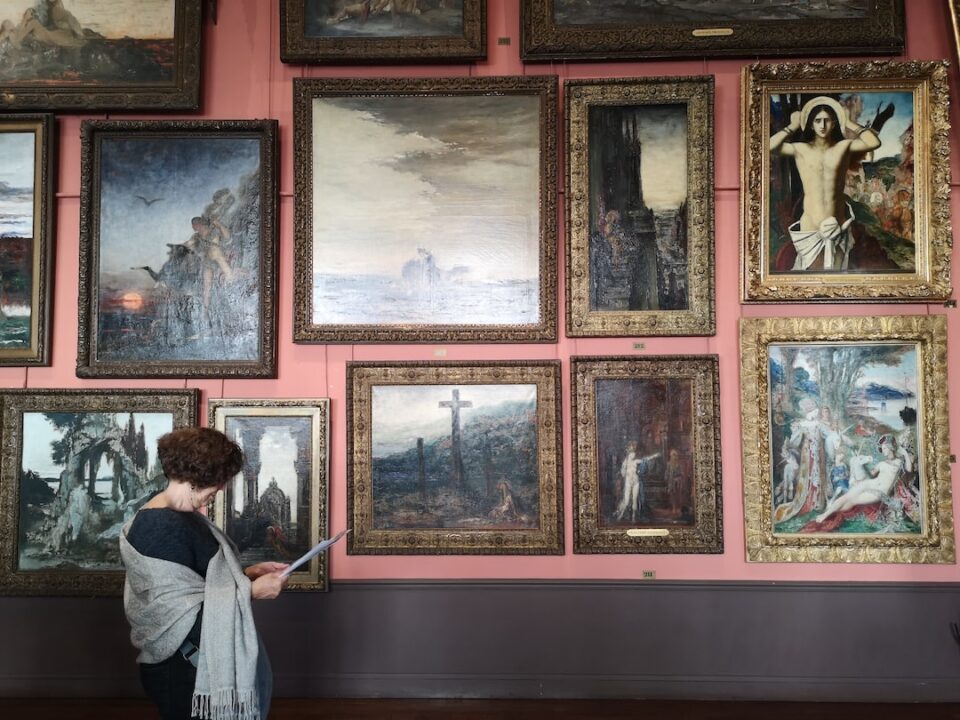Street art has been a part of our urban landscape for decades, and its evolution from graffiti to social commentary is truly fascinating. What once started as simple tags on walls and subway trains has now transformed into a powerful form of expression and a means of conveying political, social, and cultural messages.
Graffiti, the earliest form of street art, emerged in the 1960s and 1970s in major cities like New York and Philadelphia. It was a way for marginalized voices to reclaim public spaces and establish a sense of identity. Graffiti writers utilized spray paint and markers to leave their mark on walls and trains, often incorporating vibrant colors and bold lines into their artwork. At this stage, street art was predominantly seen as vandalism, with many cities cracking down on graffiti writers and imposing strict penalties.
However, in the late 1980s and early 1990s, street art began to shift its focus from mere vandalism to becoming a means of social commentary. Artists like Keith Haring and Jean-Michel Basquiat started using public spaces to convey powerful messages related to racism, capitalism, and oppression. Their artwork was raw and unapologetic, capturing the attention of passersby and forcing society to confront uncomfortable truths.
As we entered the 2000s, street art continued to evolve, with artists incorporating new mediums and techniques into their work. Stencil art became increasingly popular, allowing artists to create intricate designs with detailed precision. Banksy, the enigmatic British street artist, became a prominent figure during this time, using stencils to convey thought-provoking political and social messages. His artwork often tackled issues such as war, poverty, and consumerism, challenging the status quo and sparking conversations around the world.
Furthermore, street art has now expanded beyond what can be seen with the naked eye. Artists have started incorporating augmented reality (AR) technology into their murals and installations, creating an interactive experience for viewers. With the help of smartphones or tablets, passersby can now witness a piece of artwork come to life, offering a deeper understanding of the artist’s intentions and allowing for a more immersive experience.
In recent years, street art has also become an important tool for activism and community empowerment. Artists have taken to the streets to raise awareness about issues such as climate change, gender equality, and human rights. Murals depicting strong female figures, messages of solidarity, and calls for justice have become a common sight in cities worldwide. Street art has the power to inspire, unite, and ignite change, making it an invaluable tool for social progress.
The evolution of street art from simple graffiti to powerful social commentary is a testament to the resilience and creativity of artists around the world. What once was dismissed as vandalism is now celebrated as a legitimate art form. Street art has the ability to challenge, entertain, and provoke discussion, transforming our cities into living canvases that breathe life and meaning into the urban landscape. As we continue to witness its growth and impact, it is clear that street art will remain an important part of our artistic and cultural heritage.

